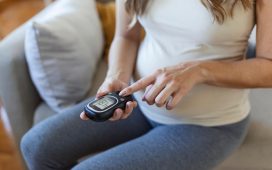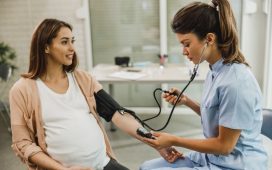More than twofold increased bleeding rate seen with NSAID use for patients treated with oral anticoagulants for VTE
By Elana Gotkine HealthDay Reporter
MONDAY, Nov. 18, 2024 (HealthDay News) — Patients with venous thromboembolism (VTE) initiating oral anticoagulants have an increased risk for bleeding when using nonsteroidal anti-inflammatory drugs (NSAIDs), according to a study published online Nov. 17 in the European Heart Journal.
Søren Riis Petersen, from Aarhus University Hospital in Denmark, and colleagues conducted a nationwide cohort study of 51,794 VTE patients initiating oral anticoagulants between Jan. 1, 2012, and Dec. 31, 2022. Adjusted hazard ratios between NSAID use and hospital-diagnosed bleeding episodes were computed.
The researchers found that the event rates for any bleeding per 100 person-years were 3.5 and 6.3 during periods without and with NSAID use, respectively (number needed to harm, 36 patients treated for one year). The adjusted hazard ratios for any bleeding associated with NSAID use versus nonuse were 2.09, 1.79, 3.30, and 4.10 overall, for ibuprofen, for diclofenac, and for naproxen, respectively. The adjusted hazard ratios associated with NSAID use versus nonuse were 2.24, 3.22, 1.36, 1.57, and 2.99 for gastrointestinal bleeding, intracranial bleeding, thoracic and respiratory tract bleeding, urinary tract bleeding, and anemia caused by bleeding, respectively. For anticoagulant and VTE subtypes, the results were consistent.
“The common use of NSAIDs in patients with cardiovascular disease emphasizes the importance of being aware of the bleeding risks associated with their use,” the authors write.
Several authors disclosed ties to the pharmaceutical industry.
Copyright © 2024 HealthDay. All rights reserved.








